Bangpo Beach (방포해수욕장)
17.1 Km 43813 2024-02-22
29-1 Bangpo 1-gil, Anmyeon-eup, Taean-gun, Chungcheongnam-do
Bangpo Beach, situated on Anmyeondo Island, faces the Yellow Sea and features a gently sloping fine sand shoreline, perfect for both swimming and strolling. It is renowned for housing golden rain trees, designated as a Natural Monument of Korea. Central to the tidal flat are Halmibawi and Harabibawi Rocks. An observatory nearby provides splendid sea views, and Bangpo Port is a source of fresh seafood from the Yellow Sea.
Haebial Pool Villa [Korea Quality] 해비알풀빌라 [한국관광 품질인증]
17.2 Km 0 2023-05-23
29, Bangpo 1-gil, Taean-gun, Chungcheongnam-do
+82-10-5377-4900
Haebial Pool Villa is a pension on Anmyeondo Island, Taean, Chungcheongnam-do. Passing behind the accommodation is Noeul-gil, one of Taean’s famous coastal trails, where guests can take long walks through beautiful coastal woodland; while in front of the pension is Bangpo Beach and the blue West Sea, where guests can enjoy beach life, sea bathing, and spectacular sunsets. There is a convenience store on the first floor.
Bangpo Susan (방포수산)
17.2 Km 44369 2024-02-28
64, Bangpohang-gil, Anmyeon-eup, Taean-gun, Chungcheongnam-do
Bangpo Susan serves hoe (sliced raw fish) made with fresh seafood chosen from the massive fish tanks in the shop. One can enjoy a robust meal with a small table charge, particularly the chewy texture of fresh hoe (sliced raw fish) and spicy maeuntang (spicy fish stew). Bangpo Susan is located between Kkotji Beach and Bangpo Port, where one can enjoy fresh hoe (sliced raw fish) with a view of the sea.
Anmyondo Jurassic Museum (안면도 쥬라기박물관)
17.2 Km 25798 2024-02-26
37-20 Gomseom-ro, Nam-myeon, Taean-gun, Chungcheongnam-do
The Anmyondo Jurassic Museum is a natural history museum boasting Korea's largest collection of dinosaur fossils. Its collection features dinosaur specimens such as Diplodocus and Tyrannosaurus, along with dinosaur eggs, sourced from the United States and Argentina. Nearby attractions include Anmyondo Jurassic Park, a meteorological observatory, and various accommodations such as pensions.
Taean Tulip Park (태안 세계튤립꽃박람회)
17.3 Km 113622 2024-05-16
400, Kkotjihaean-ro, Taean-gun, Chungcheongnam-do
• 1330 Travel Hotline: +82-2-1330 (Korean, English, Japanese, Chinese) • For more info: +82-41-675-5533
Taean Tulip Park presents the largest flower festival in Korea and offers excellent photo opportunities. The festival venue is divided into sections, which are decorated in different styles according to the annual theme, allowing visitors to enjoy the sight of colorful tulips among creative and fun backdrops.
Kkotji Beach (꽃지해수욕장)
17.4 Km 25771 2022-07-29
Seungeon-ri, Taean-gun, Chungcheongnam-do
+82-41-670-2691
Kkotji Beach, located in beautiful Anmyeon, features a 5 kilometer stretch of white sand, and attractions like Halbaebawi and Halmaebawi Rocks (Grandpa & Grandma Rocks). Halmaebawi Rock is said to have once been a real woman, Mido, who lived during the Silla period. Her husband was sent on business and never returned. Mido sat by the ocean every day waiting for his return, eventually turning into a stone. Further out to sea, there is a large rock, which naturally earned the nickname of Halbaebawi. Many visitors come to Kkotji Beach all year round to enjoy the beautiful view, and take walks along the beach. The sunset scenery has also become a favorite for photographers.
Birth Home of Queen Jeongsun (정순왕후생가)
17.5 Km 26382 2024-02-22
39 Handari-gil, Eumam-myeon, Seosan-si, Chungcheongnam-do
Birth Home of Queen Jeongsun is the house where Queen Jeongsun (1745-1805), the queen consort of King Yeongjo (1694-1776), the 21st monarch of the Joseon dynasty (1392-1897), lived until she became queen in 1759. It is estimated to have been built in the 17th century and features the architectural characteristics of hanok, with its distinctive "ㅁ" shape and tiled roof.
Chunguisa Shrine - Historic Site Related to Yun Bong-Gil, Yesan (충의사 (예산 윤봉길 의사 유적))
17.5 Km 10187 2020-05-18
183-5, Deoksanoncheon-ro, Yesan-gun, Chungcheongnam-do
+82-41-339-8232
Located 23km northwest from Yewan, the Chunguisa Relics Site was constructed in 1968 to pay tribute to Yun Bong Gil, who was martyred during the independence movement.
On April 29, every year, an event to commemorate Mr. Yun’s patriotism takes place. His relics were designated as National Treasure No. 568 and now are on display here.
Gyeam House
17.6 Km 8410 2021-04-09
45, Handari-gil, Eumam-myeon, Seosan-si, Chungcheongnam-do
+82-41-688-1182, +82-10-2376-8273, +82-10-3045-8273
The House of Kim Gi-hyeon (Gyeam Historic House, National Folklore Cultural Heritage 199) is a hanok with over 100 years of history that was established by renovating a nobleman’s house dating from the nineteenth century and equipping it with modern facilities. The Gyeongju Kim clan has lived in the Seosan area, a fertile stretch of land in the middle of the west coast region, for over 600 years. The house has been open to the public since 2010, and attracts many Korean and foreign guests.
The owner renovated the old house by installing a modern bathroom, sink, kitchen and air-conditioning and filling it with antique furniture, and transformed it into a clean and pleasant tourist accommodation with high-class bedding in order to avoid the stereotype about hanok being uncomfortable. In particular, the kitchen has been transformed into a modern facility where guests can enjoy a cup of tea or a meal. The house is also packed with charming features including a small old well equipped with a pump, a wood-burning stove with an iron pot, and a platform for crocks of sauces and condiments.
The House of Kim Gi-hyeon is home to the small Wadang (Roof Tile) Museum, which contains a collection of roof tiles ranging from the Goryeo Dynasty to the Joseon Dynasty. The friendly owners also run a ‘Wadang Rubbing Experience’ program that is popular among foreign tourists and students alike, and strive to provide all their guests with comfort and relaxation and share pleasant moments with them.
The house’s courtyard reflects the beauty of each season, including flower blossoms in spring, colorful leaves in autumn, and a snowy landscape in winter.
Hongseong Jeongamsa Temple (정암사 (홍성))
17.9 Km 8355 2021-03-12
652, Oseo-gil, Hongseong-gun, Chungcheongnam-do
+82-41-641-0488
Jeongamsa Temple is a small rural temple situated halfway up Oseosan Mountain. There are few existing records that mention the temple’s beginning. Some suggest that it was built around AD 527 during the 5th year of Baekje King Seongwang’s reign, but there is little evidence to support this theory. The only reference alluding to a specific time is Yeojidoseo ("Detailed Survey of Korean Geography" published during the late Joseon dynasty). It states Jeongamsa Temple's location as on Oseosan Mountain, and Oseosan Mountain being surrounded by Hongsan Mountain and Baegwolsan Mountain and intersected by Hongju, Gyeolseong, and Boryeong. This indicates the temple was recognized in the mid-18th century and around the same time, Garamgo (a book about temples, published in the late 18th century) also states that Jeongamsa Temple is located approximately 11 kilometers to the east of Gyeolseonghyeon. It is still uncertain whether the temple referred to is Jeongamsa Temple on Oseosan Mountain.
Some foundation stones within the temple site measure 70-80 centimeters on each side. These stones indicate that the old Buddhist shrine of Jeongamsa Temple was laid out with five kan (Korean unit of measurement indicating the space between two pilars) at the front and three kan on the side. Future archaeological studies will help identify the true history of Jeongamsa Temple.

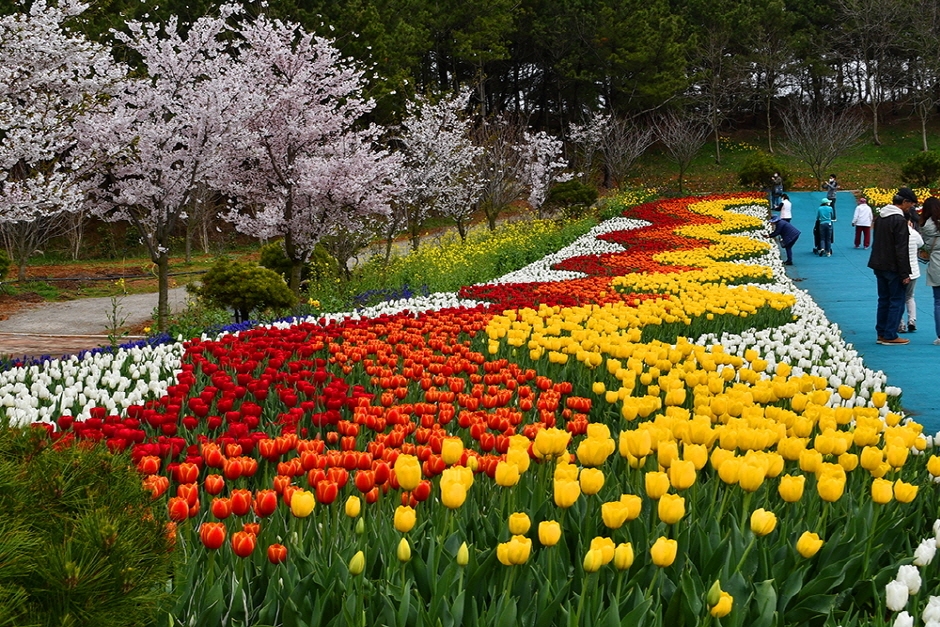
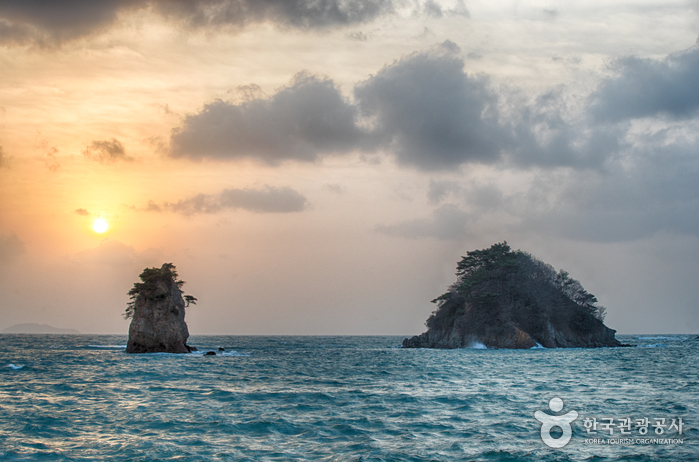
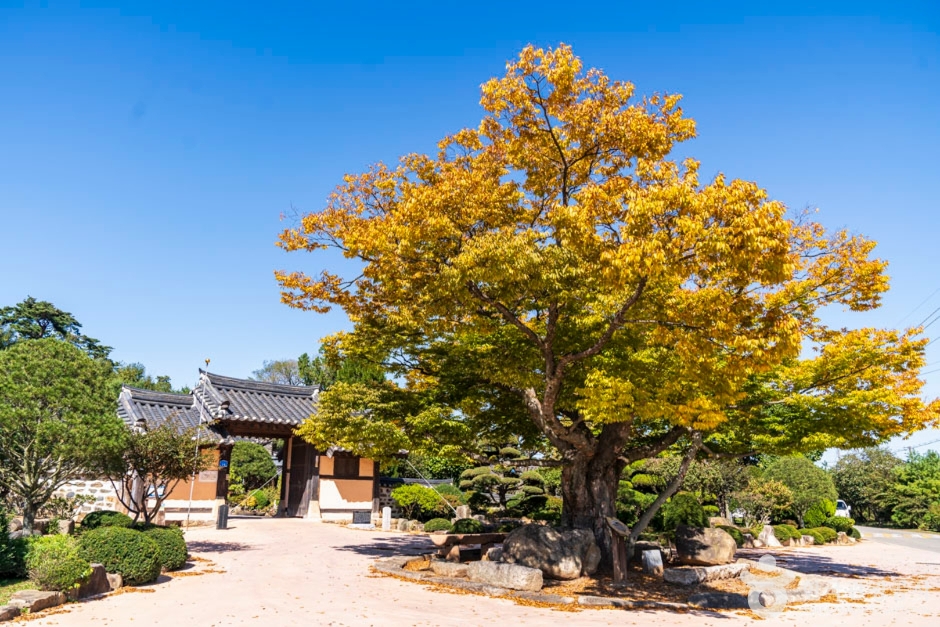
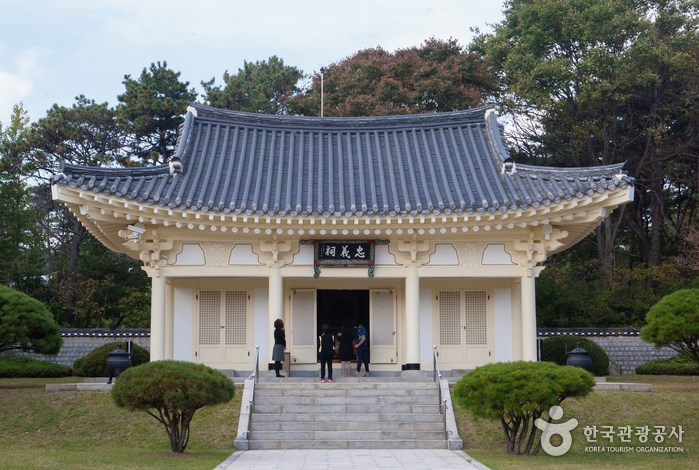
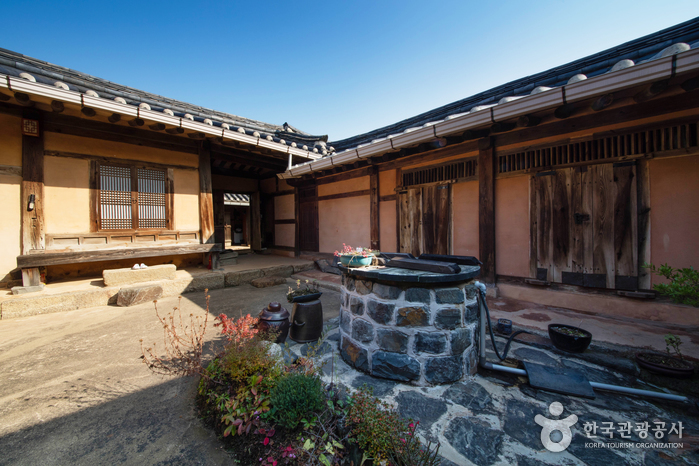
 English
English
 한국어
한국어 日本語
日本語 中文(简体)
中文(简体) Deutsch
Deutsch Français
Français Español
Español Русский
Русский